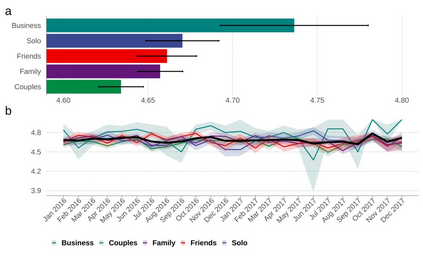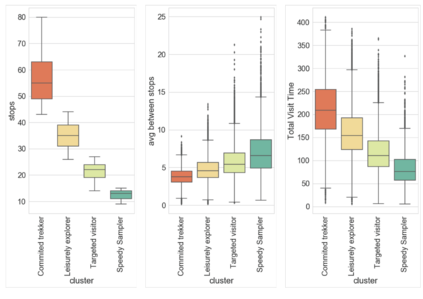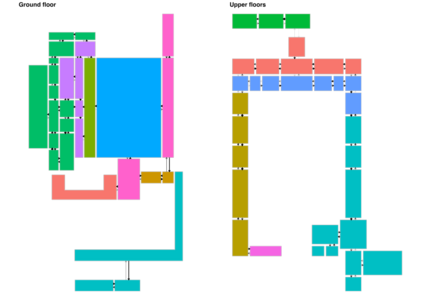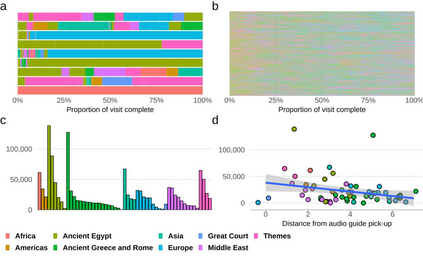This study explores visitor behaviour at The British Museum using data science methods applied to novel sources, including audio guide usage logs and TripAdvisor reviews. Analysing 42,000 visitor journeys and over 50,000 reviews, we identify key drivers of satisfaction, segment visitors by behavioural patterns, examine tour engagement, model spatial navigation, and investigate room popularity. Behavioural clustering uncovered four distinct visitor types: Committed Trekkers, Leisurely Explorers, Targeted Visitors, and Speedy Samplers, each characterised by different levels of engagement and movement. Tour usage analysis revealed high drop-off rates and variation in completion rates across different language groups. Spatial flow modelling revealed that accessibility and proximity, particularly aversion to stairs, shaped visitor paths more than thematic organisation. Room popularity was more strongly predicted by physical accessibility than curatorial content. We propose practical strategies for improving engagement and flow, offering a scalable framework for visitor-centred, data-informed museum planning.
翻译:暂无翻译









